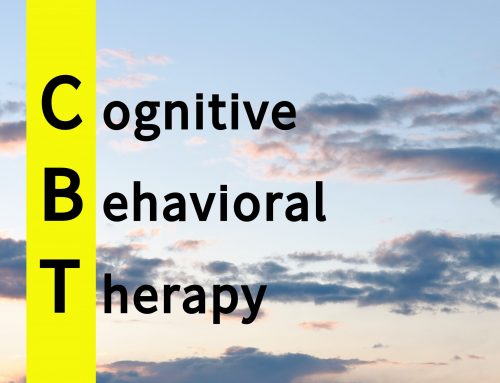Introduction to Virtual Reality Therapy for Anxiety
In recent years, virtual reality therapy for anxiety has emerged as a groundbreaking approach to managing anxiety disorders. This modern therapy uses immersive, three-dimensional simulations to help patients face and overcome their fears in a controlled, supportive environment. According to a recent scoping review published in the Journal of Behavior Therapy and Experimental Psychiatry, virtual reality therapy is showing promise in reducing symptoms of anxiety, making it an innovative alternative to traditional exposure therapy.
How Does Virtual Reality Therapy Work for Anxiety?
Virtual reality therapy allows therapists to create custom environments that address each patient’s specific fears, such as heights, social interactions, or open spaces. Patients wear VR headsets that simulate these anxiety-inducing situations, allowing them to confront their fears gradually. The therapist is present to guide them through the process, providing real-time support and feedback. Unlike traditional exposure therapy, which may require visiting real locations, virtual reality therapy provides a safe, private, and adaptable experience that can be tailored to each individual.
Benefits of Virtual Reality Therapy for Anxiety Disorders
The scoping review highlights multiple benefits of virtual reality therapy for anxiety:
- Effectiveness Across Anxiety Disorders: Studies show that VR therapy can significantly reduce symptoms for various anxiety disorders, including phobias, PTSD, social anxiety disorder, and panic disorder.
- Enhanced Patient Comfort: Many patients prefer virtual reality therapy over traditional exposure therapy because they can face their fears without leaving the therapy room, reducing initial anxiety and discomfort.
- Minimal Side Effects: Virtual reality therapy has few reported side effects, with some patients experiencing mild cybersickness that typically resolves quickly.
- Promising Results for Complex Disorders: VR therapy has also shown promising results when combined with other treatments for complex anxiety disorders like PTSD and social anxiety disorder.
Challenges and Considerations
While virtual reality therapy for anxiety is promising, the review suggests a need for more research, especially for generalized anxiety disorder and among diverse patient demographics. The majority of participants in existing studies are women, and more research is needed to understand how VR therapy affects male patients and older adults. Additionally, for anxiety disorders that involve complex symptoms, combining VR therapy with cognitive-behavioral therapy (CBT) can yield better outcomes.
Future of Virtual Reality Therapy for Anxiety
As VR technology advances, virtual reality therapy for anxiety disorders may become more widely accessible. For clinicians, VR therapy represents an effective, adaptable tool that can address specific patient needs while offering new ways to practice exposure therapy. By addressing these needs, VR therapy has the potential to revolutionize mental health treatment, offering a modern, flexible approach for patients seeking relief from anxiety disorders.
Conclusion
Virtual reality therapy for anxiety offers a highly effective treatment option for various anxiety disorders, with minimal side effects and high patient acceptance. As more research unfolds, VR therapy is expected to expand, becoming an integral part of mental health treatment plans.






